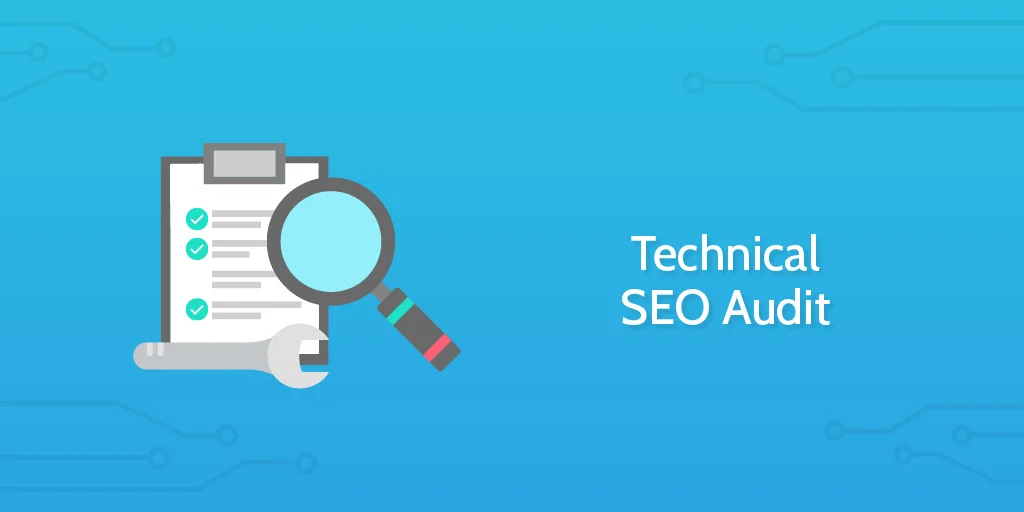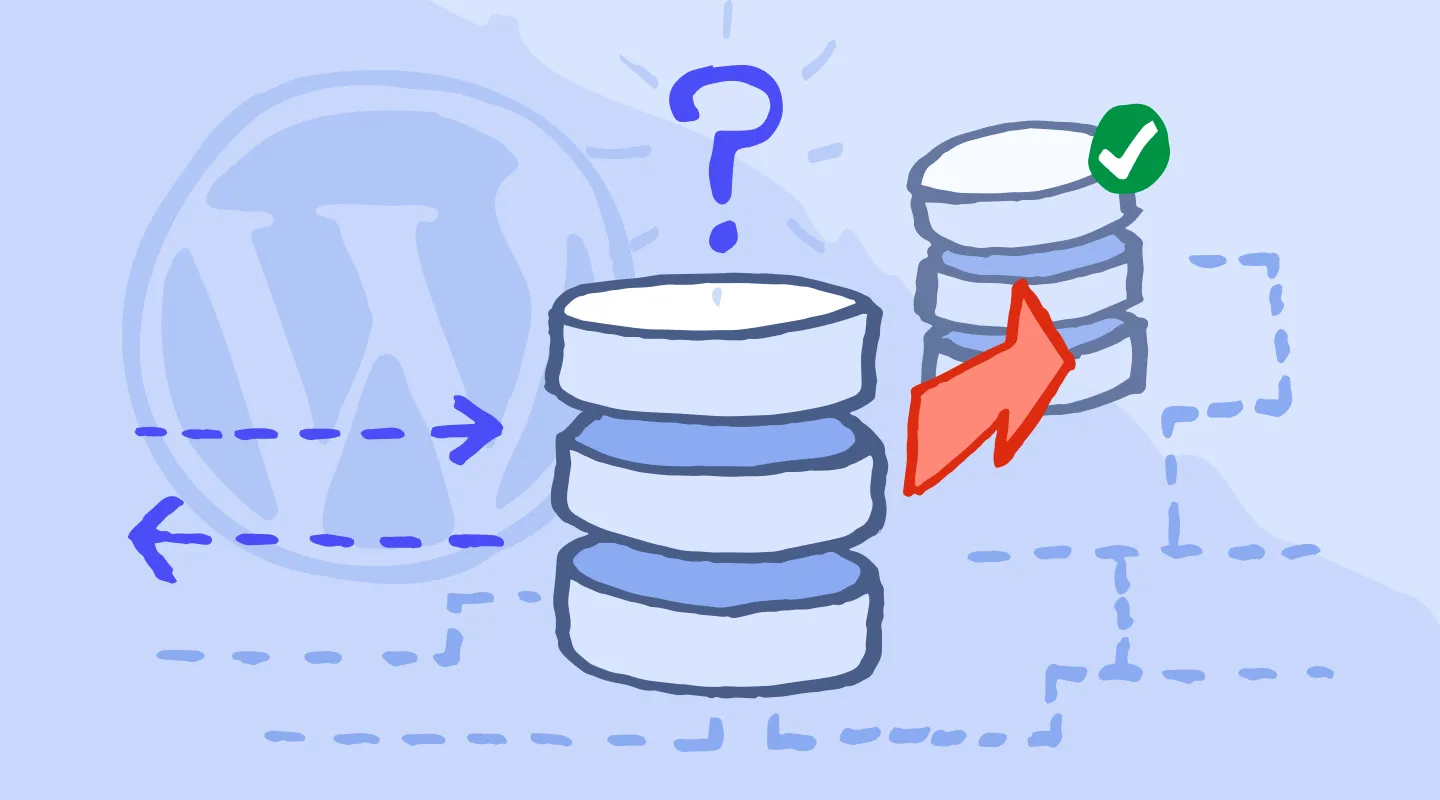Search engine optimization (SEO) is a crucial aspect of digital marketing, as it helps to improve the visibility of a website in search engine results pages (SERPs) and drive organic traffic to the site. While there are many different elements of SEO, technical SEO is a critical aspect that can impact the overall performance of a website in search engines.
In this article, we’ll explore what technical SEO is, why it’s important, and the key technical factors that can impact a website’s visibility in search engines.
What is Technical SEO?
Technical SEO is a subset of SEO that focuses on optimizing the technical aspects of a website to improve its ranking and visibility in search engine results pages. It involves optimizing the website infrastructure, content management system, and website code to ensure that it is easily crawlable and indexable by search engines.
The goal of technical SEO is to ensure that search engines can easily access, understand, and index a website’s content. This helps to improve the website’s ranking and visibility in search results and increase organic traffic. Technical SEO involves various tasks, such as improving website load speed, fixing broken links, optimizing the website’s structure and URLs, and ensuring that the website is mobile-friendly.
Why is Technical SEO Important?
Technical SEO is important for several reasons, including:
- Improving the user experience: By focusing on technical SEO, website owners can improve the overall user experience, which can lead to increased engagement and conversions.
- Establishing a strong foundation for other SEO efforts: Technical SEO helps to establish a strong foundation for other SEO efforts, such as keyword research, content optimization, and link building, to be more effective.
- Improving visibility in search engines: By ensuring that a website is search engine-friendly, technical SEO can help improve its visibility in search results and drive more organic traffic to the site.
How complicated is technical SEO?
The level of complexity of technical SEO can vary depending on the size and complexity of a website. For small websites with simple structures, technical SEO can be relatively straightforward and easy to implement. However, for larger and more complex websites, technical SEO can be more challenging and may require the assistance of a professional SEO consultant.
Technical SEO can involve a wide range of tasks, including optimizing website code, improving site speed, fixing broken links, and ensuring that the website is mobile-friendly, among others. Some technical SEO tasks can be easily accomplished using tools and plugins, while others may require more advanced technical skills and knowledge.
In general, technical SEO requires a good understanding of how search engines work and the various technical factors that can impact a website’s visibility in search results. It also requires a strong attention to detail, as even small technical errors can have a significant impact on a website’s performance in search engines.
Overall, the complexity of technical SEO will depend on the specific needs of a website and the resources available to implement and maintain technical SEO optimizations. However, with the right tools and knowledge, technical SEO can be a valuable investment that can improve a website’s visibility in search engines and drive more organic traffic to the site.
What is the difference between on-page SEO and technical SEO?
On-page SEO refers to the optimization of individual web pages, including the content and HTML source code. Technical SEO, on the other hand, focuses on the underlying technical aspects of a website, such as website architecture, mobile-friendliness, page speed, and more. Both on-page SEO and technical SEO are important for a successful SEO strategy, and they should be optimized together for the best results.
Key Technical Factors that Impact Visibility in Search Engines:
Technical SEO is a critical aspect of search engine optimization (SEO) that focuses on the underlying technical aspects of a website to make it more search engine friendly. In this article, we will delve deeper into the key elements of technical SEO and provide a comprehensive guide to help you optimize your website.
1. Website Architecture
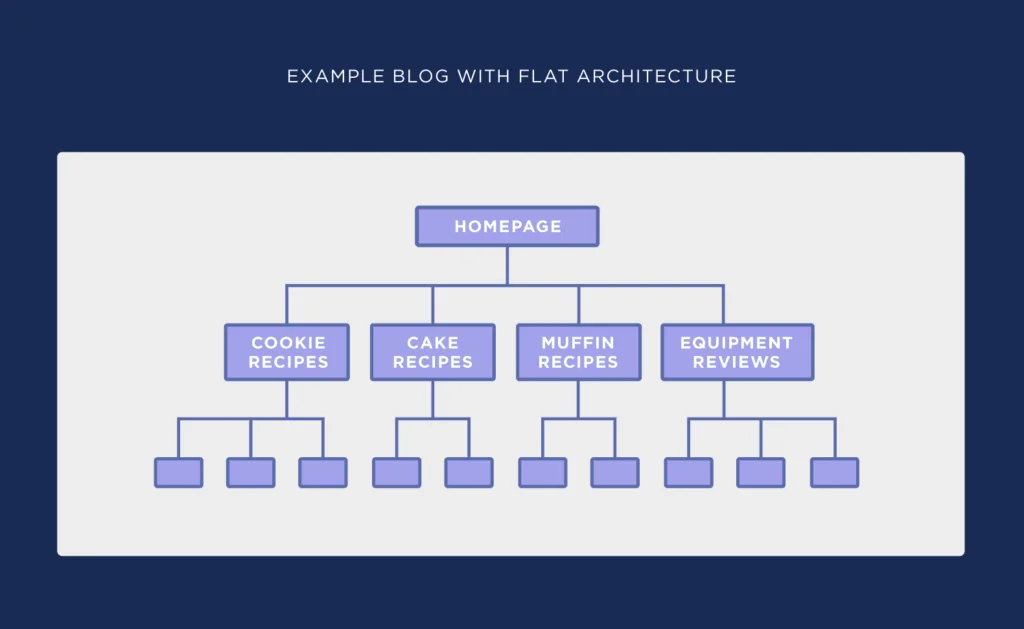
Website architecture refers to the structure and organization of your website, including the way your pages are linked together. A well-structured website makes it easier for search engines to understand the content on your site and can have a positive impact on your search engine rankings.
To optimize your website architecture, you should:
- Organize your content into categories and subcategories
- Use descriptive and relevant URLs
- Create a sitemap to help search engines understand the structure of your site
- Use internal linking to connect related pages on your site
- Keep the number of clicks to important pages on your site to a minimum
2. Mobile-Friendliness
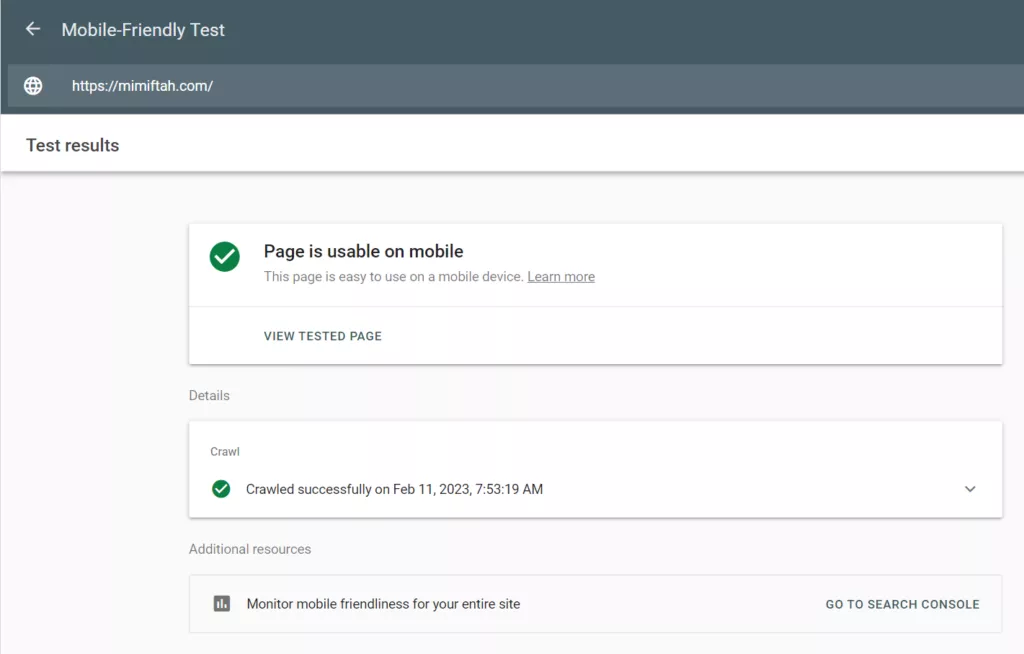
With the increasing number of people accessing websites on mobile devices, it’s essential to ensure that your website is mobile-friendly. Mobile-friendliness refers to the ability of your website to adjust to different screen sizes and provide a good user experience on mobile devices.
To optimize your website for mobile-friendliness, you should:
- Use a responsive design that adjusts to different screen sizes
- Ensure that your content is easily readable on smaller screens
- Test your website on multiple devices to ensure it looks and functions correctly
- Use large fonts and buttons to make it easy for users to navigate your site on mobile devices
3. Page Speed
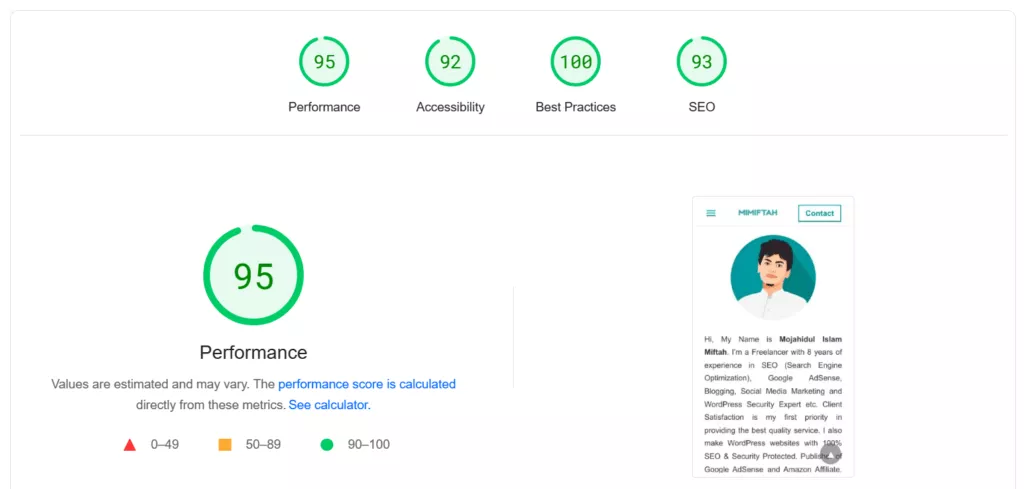
Page speed is another critical aspect of technical SEO. A slow-loading website can lead to a poor user experience, which can result in higher bounce rates and lower search engine rankings.
To optimize your page speed, you should:
- Reduce the size of images and other media files
- Minify your code to reduce file size
- Use a content delivery network (CDN) to distribute your content
- Use caching to reduce the amount of data that needs to be loaded each time a user visits your site
- Optimize your database to reduce the time it takes to retrieve information
4. URL Structure
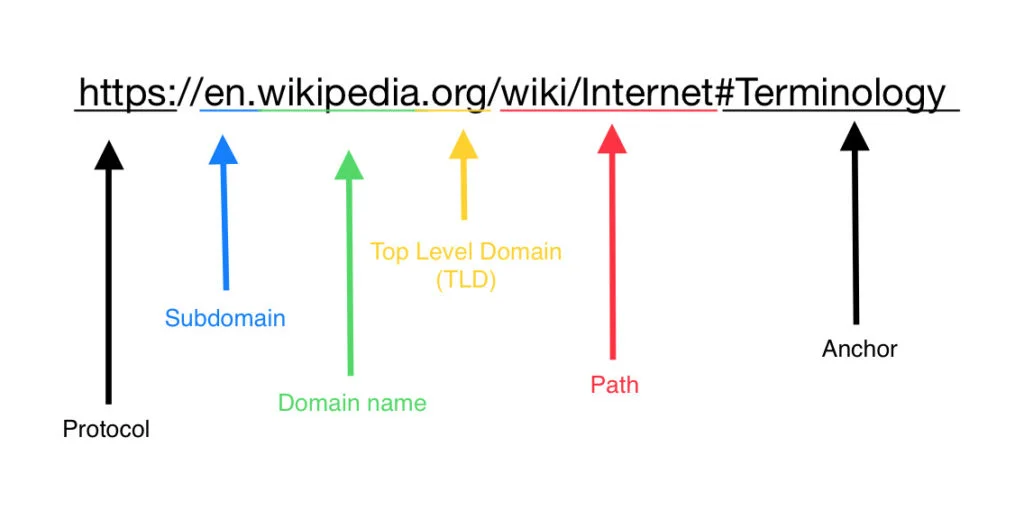
The structure of your URLs is also critical for technical SEO. URLs should be easy to read and understand, and should include keywords relevant to the content on the page.
To optimize your URL structure, you should:
- Use hyphens to separate words in your URLs
- Keep your URLs short and descriptive
- Avoid using special characters in your URLs
- Include keywords relevant to the content on the page in your URLs
- Use a consistent URL structure for all pages on your site
5. Header Tags

Header tags are an important aspect of on-page SEO. They help search engines understand the structure of your content and provide additional context to the content on your page.
The most common header tags are H1, H2, H3, H4, H5, and H6, and they should be used in a hierarchical manner to indicate the importance of different sections of your content.
To optimize your header tags, you should:
- Use H1 tags for the main title of your page
- Use H2 tags for subheadings on your page
- Use H3 tags for sub-subheadings on your page
- Use header tags consistently throughout your site
- Include keywords relevant to the content on the page in your header tags
6. Meta Descriptions

Meta descriptions are short snippets of text that appear in the search engine results pages (SERPs) under the title.
Here are a few additional steps to consider when optimizing your meta descriptions:
- Use action-oriented language in your meta descriptions to encourage users to click through to your site
- Make sure your meta descriptions accurately reflect the content on your page
- Avoid using duplicated or boilerplate meta descriptions across multiple pages on your site
- Regularly review and update your meta descriptions to ensure they are up-to-date and relevant
- Use tools like Google Search Console to monitor the performance of your meta descriptions and make data-driven decisions about updates
7. XML Sitemap

An XML sitemap is a file that lists all of the pages on your website and provides additional information about each page to search engines. This information includes the last time the page was updated, the frequency of updates, and the importance of the page relative to other pages on your site.
To optimize your XML sitemap, you should:
- Create an XML sitemap for your website
- Submit your XML sitemap to search engines
- Update your XML sitemap regularly as you add or remove pages from your site
- Include all of the important pages on your site in your XML sitemap
8. Robots.txt
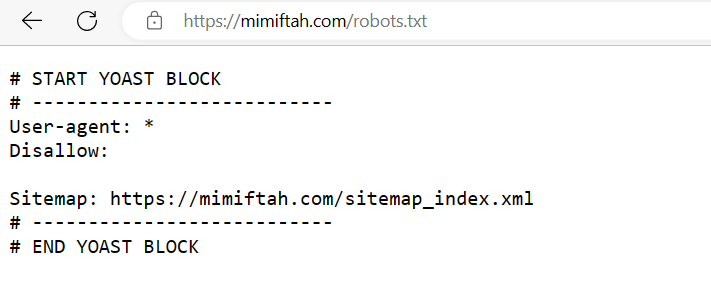
The robots.txt file is a simple text file that tells search engines which pages on your website should be crawled and which pages should be ignored. This is useful for excluding pages that are not relevant to search engines, such as login pages or administrative pages.
To optimize your robots.txt file, you should:
- Create a robots.txt file for your website
- Specify which pages on your site should be crawled and which pages should be ignored
- Test your robots.txt file to ensure it is working as expected
9. Canonicalization
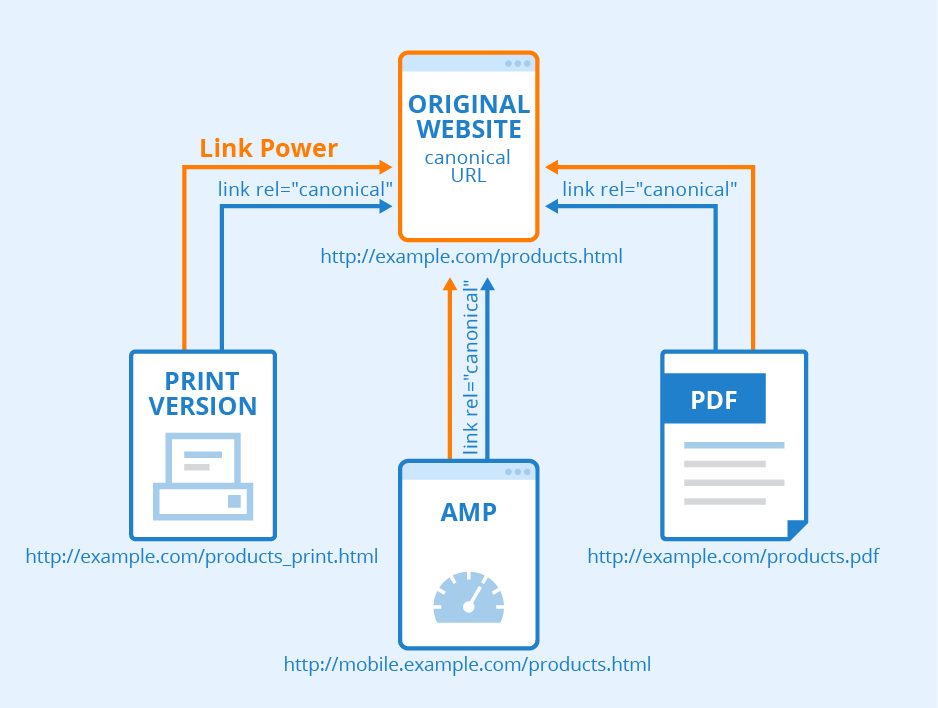
Canonicalization is the process of specifying the preferred version of a web page when there are multiple versions of the same page available. This is important for technical SEO as it helps to avoid duplicate content issues and ensures that search engines crawl the correct version of your page.
To optimize your website for canonicalization, you should:
- Use rel=”canonical” tags to specify the preferred version of a page
- Ensure that all versions of a page point to the preferred version using rel=”canonical” tags
- Avoid using multiple URLs for the same page
10. SSL Certification / HTTPS
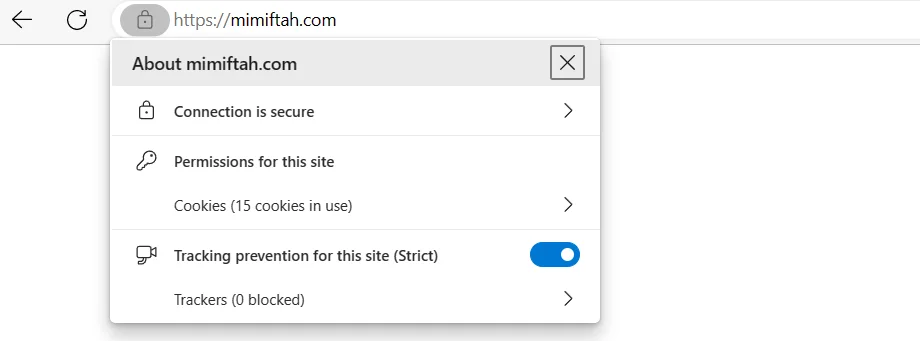
Finally, it’s important to ensure that your website has an SSL certificate. This is a security protocol that encrypts the information transmitted between your website and the user’s browser. An SSL certificate not only helps to protect sensitive information, but it can also have a positive impact on your search engine rankings.
To optimize your website for SSL certification, you should:
- Obtain an SSL certificate for your website
- Install the SSL certificate on your website
- Ensure that all pages on your site are served over HTTPS
- Update any internal links and references to your site to use HTTPS
In conclusion, technical SEO is a critical aspect of search engine optimization that focuses on improving the underlying technical aspects of a website to make it more search engine friendly. By following the steps outlined in this guide, you can optimize your website for search engines and improve your search engine rankings.
